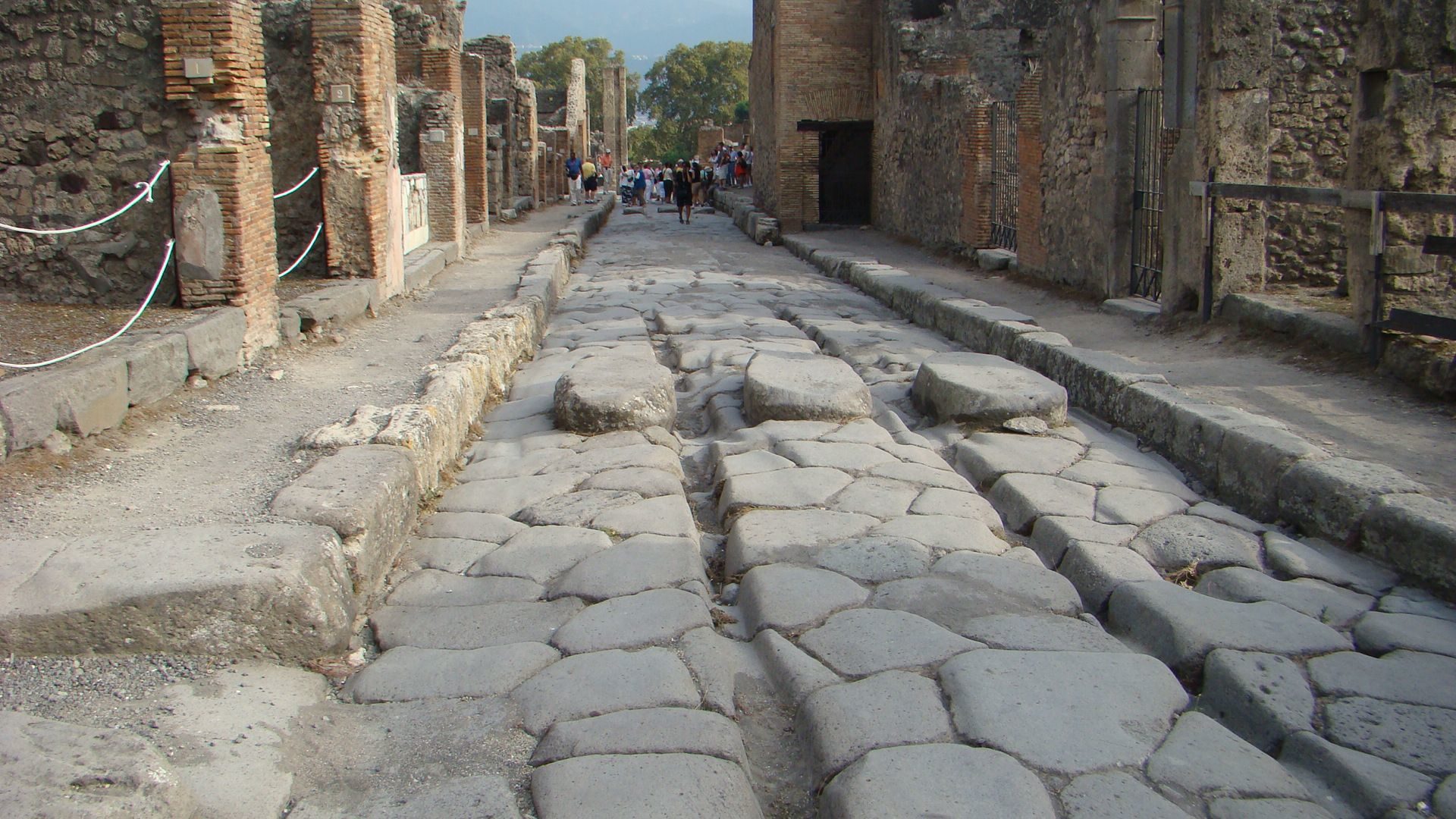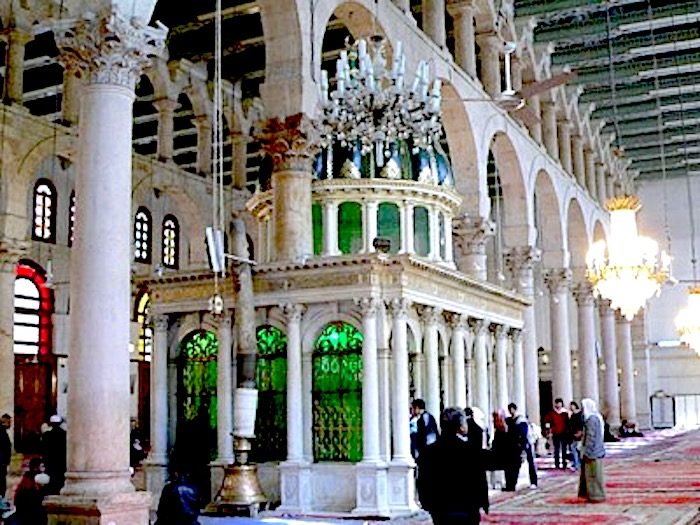OF THE
TIMES




So case closed, right? After all, headlines are already trumpeting that the "Voynich manuscript is solved," decoded by a "UK genius." Not so fast. There's a long, checkered history of people making similar claims. None of them have proved convincing to date, and medievalists are justly skeptical of Cheshire's conclusions as well.See also:
What is this mysterious manuscript that has everyone so excited? It's a 15th century medieval handwritten text dated between 1404 and 1438, purchased in 1912 by a Polish book dealer and antiquarian named Wilfrid M. Voynich (hence its moniker). Along with the strange handwriting in an unknown language or code, the book is heavily illustrated with bizarre pictures of alien plants, naked women, strange objects, and zodiac symbols. It's currently kept at Yale University's Beinecke Library of rare books and manuscripts. Possible authors include Roger Bacon, Elizabethan astrologer/alchemist John Dee, or even Voynich himself, possibly as a hoax.
[...]
Fagin Davis naturally had strong opinions about this latest dubious claim, too, tweeting, "Sorry, folks, 'proto-Romance language' is not a thing. This is just more aspirational, circular, self-fulfilling nonsense." When Ars approached her for comment, she graciously elaborated. And she didn't mince words:As with most would-be Voynich interpreters, the logic of this proposal is circular and aspirational: he starts with a theory about what a particular series of glyphs might mean, usually because of the word's proximity to an image that he believes he can interpret. He then investigates any number of medieval Romance-language dictionaries until he finds a word that seems to suit his theory. Then he argues that because he has found a Romance-language word that fits his hypothesis, his hypothesis must be right. His "translations" from what is essentially gibberish, an amalgam of multiple languages, are themselves aspirational rather than being actual translations.Ouch.
In addition, the fundamental underlying argument-that there is such a thing as one 'proto-Romance language'-is completely unsubstantiated and at odds with paleolinguistics. Finally, his association of particular glyphs with particular Latin letters is equally unsubstantiated. His work has never received true peer review, and its publication in this particular journal is no sign of peer confidence.
And she's not the only skeptic. "The decipherment is limited to some phrases and words, and I don't find any translation of a longer passage. I am not a medieval (Vulgar) Latin expert, so I can't comment on the plausibility of individual words," said Greg Kondrak, a natural language processing expert at the University of Alberta who has used AI to try and decode the Voynich manuscript. "The part of the paper which is devoted to the Zodiac sign names seems to make most sense, but the fact that those names are of Romance origin is well known, and they seem to have been added to the manuscript after it was completed. Regarding the decipherment of the individual symbols, a number of people have come up with a mapping to Latin letters, but those mappings rarely agree with each other, or with this proposal."
So another day, another dubious claim that someone has "decoded" the Voynich manuscript. Look, it's a fascinating topic, and it's always fun to have an excuse to dive down the rabbit hole of medieval manuscripts, mysticism, and cryptography, reveling in all the various theories that continue to be propounded about this mysterious treatise. But a word of advice: the next time someone claims to have finally deciphered the Voynich manuscript-of course there will be a next time-take a deep breath and check with your local medievalist before excitedly glomming onto the claim. (For an in-depth analysis of some of the issues scholars are having with Cheshire's work, see this blog post by J.K. Peterson at The Voynich Portal. UPDATE: Here is a follow-up post.)
What would it take to convince scholars like Fagin Davis? She outlined her criteria in a follow-up tweet: "(1) sound first principles; (2) reproducible by others; (3) conformance to linguistic and codicological facts; (4) text that makes sense; (5) logical correspondence of text and illustration. No one has checked all of those boxes yet."
DOI: Romance Studies, 2019. 10.1080/02639904.2019.1599566 (About DOIs).


The last demolitions took place during the 20th century, according to an ambitious, but retrospectively unfortunate, restructuring plan for the city. The Artenisi Tower and the Riccadonna Tower at the Mercato di mezzo were demolished in 1917.There are records of similar buildings even in the Roman era, as noted on SOTT radio's Behind the Headlines: Julius Caesar - Evil Dictator or Messiah for Humanity?:
Construction
The construction of the towers was quite onerous, the usage of serfs notwithstanding. To build a typical tower with a height of 60 m would have required between three and ten years of work.
Each tower had a square cross-section with foundations between five and ten meters deep, reinforced by poles hammered into the ground and covered with pebble and lime. The tower's base was made of big blocks of selenite stone. The remaining walls became successively thinner and lighter the higher the structure was raised, and were realised in so-called "a sacco" masonry: with a thick inner wall and a thinner outer wall, with the gap being filled with stones and mortar.
Usually, some holes were left in the outer wall as well as bigger hollows in the selenite to support scaffoldings and to allow for later coverings and constructions, generally on the basis of wood.
Jason: So Caesar is growing up in this situation and the other thing is, is you have to understand how people in Rome lived. These people were in abject third world poverty at most, or worse. They lived in these things called insulae which were basically tenement housing that were stacked 10 stories high, made of very shoddy construction, they very often collapsed. In fact at one point Cicero, who was very famous, was an owner of one of them and two of his collapsed and he was actually happy about that. He was very happy about it because he would be able to rebuild and charge higher rate.See also:
Laura: Without a word for the thousands of people who were killed.
Jason: Yeah, he doesn't say anything. So all these people are living in abject poverty, tenement housing, very very poor, the big whodoos in the government are coming in, different factions and each time one of them comes in and takes charge he posts proscription lists and everybody is getting killed. This is what he was growing up in.
Comment: See also:
- Exploded skulls and vaporized bodies: Pompeii finds reveal horror of Vesuvius eruption
- Pompeii: Newest find shows man decapitated by rock during eruption of Vesuvius
- Pompeii was a full-fledged city before it was taken over by the Romans
- Archeological find changes date of Pompeii's destruction
- History textbooks contain 700 years of false, fictional and fabricated narratives
And check out SOTT radio's: Behind the Headlines: Julius Caesar - Evil Dictator or Messiah for Humanity?